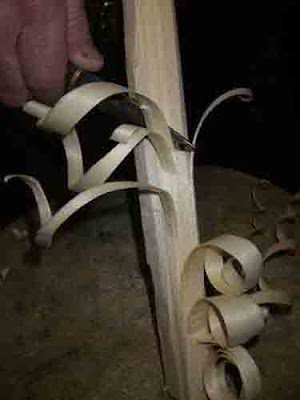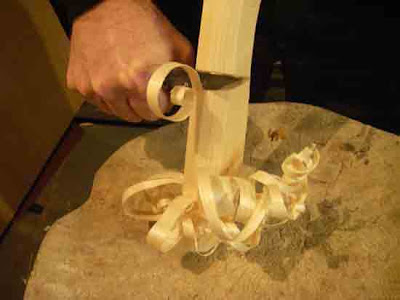
My brother and I were able to head out early Friday morning to do some duck hunting. He had been to this new honey hole but I had not. Neither of us has a boat or a dog so our choice of locals is pretty slim. This place was ideal with no crowds (there were two other groups there but plenty of water and space separated us) and shallow water. We chose an island so that we would have nearly zero chance of loosing a wounded duck in the reeds.
It was quite a morning with temperatures in the 50's and a storm front moving in later in the morning. I enjoyed his company as well made the

45 minute drive and the 20 minute hike to the ponds. We set up the decoys, sipped some hot coffee and began to wait. The walk in was very promising with loads of ducks getting up after we spooked them walking by in the dark.
We were actually good shots too! I know I can't hit much when I am hunting for dove, quail and chukars, but ducks seem to be slow enough and close enough that I can hit them and fold them pretty well. At the end of the day we bagged four ducks each and probably shot 11-12 times.
Brother Luke got pretty good at tooting on his duck calls as well. It's always hard to tell if my calling is doing any good or not.

All in all a very fun hunt. We could see a wall of storm bearing down on us from the West, pouring over the Owyhee range./ The wind started blowing in earnest ( it kept stalling the wings of my robo duck) and we ended up getting dowsed with a cold, driving rain. It cleared up as we were leaving.
Next up.... duck jerky!













